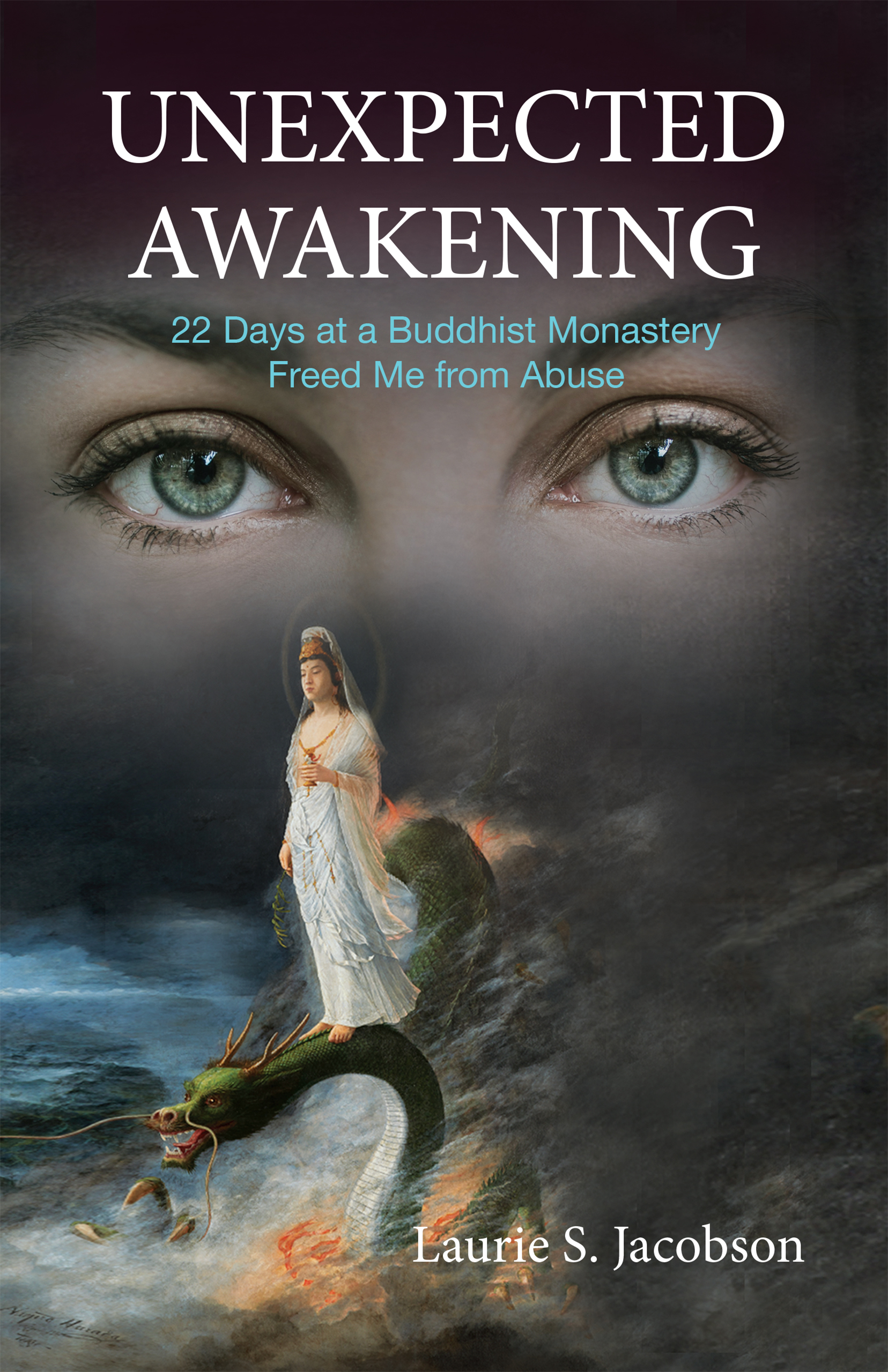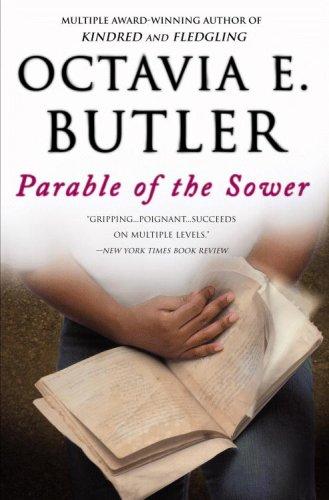This morning I finished the second book in Octavia Butler's two-book Earthseed series: "The Parable of the Talents." It's a continuation of the story started in "The Parable of the Sower," where we first meet the central figure, the teenage Lauren Olamina.
In the first book, Lauren was forced to flee her home in a town outside LA in a rapidly collapsing United States in which there was massive income inequality, the vast majority of people lived in grinding poverty, and climate change was destabilizing everything. It's against this background that Olamina's walled community was destroyed by drug-fueled arsonist looters. She wandered north, gathering new friends, allies, and disciples for a new Earthseed religion she had started.
At the end of the first book they had arrived on land owned by her new husband, Bankole, only to find that the buildings had been burned down and Bankole's sister's family murdered. Nevertheless, they decided to stay and start a community called Acorn, based on Earthseed principles. Olamina's long-term religious goal is to get humanity to the stars, although at this point that aim seems like nothing but a dream.
While the first book, whose action started in 2024, was dystopian, the second book is even more so.
Acorn flourishes and prospers, and although it's in some ways primitive the community arms itself well against the inevitable incursions of thieves and murderers. But in a presidential election there is a choice between one candidate who is old, gray and insipid, and another (Jarret), who is a Christo-fascist with a "Make America Great Again" slogan. Jarret wins. The Acorn community, while strong, is no match for a heavily-armed and disciplined Christian militia of Jarret's followers, who fence in the land, turning it into what they call a "Christian reeducation camp." In reality, however, it is a brutal slave-labor camp where the inmates are killed, tortured with shock-collars, and often raped. All the children are taken away to be brought up by "good, Christian families," including Olamina's baby daughter, Larkin.
After a 17 month ordeal, during which Bankole dies, the camp inhabitants manage to kill their oppressors and escape, fleeing in various directions.
Olamina changes her strategy, realizing that "heretic" camps are not feasible in Jarret's America. Instead she becomes a kind of itinerant evangelist for the Earthseed religion, meeting people where they are — in the country, in towns and cities. Some of them are rich and well-connected, and she becomes increasingly influential. Her dream to get humanity to the stars begins — and here we're in something like 2090 — to become real.
This book, like the first, is a sort of epistolary novel, created mainly from Olamina's journal entries. An added layer of interest comes from the fact that the glue holding these journal extracts together is the narration of Olamina's kidnapped daughter, who never met her mother until she was in her 30's. She is bitter and angry at her mother, who she has been poisoned against all her life. In fact she'd been told her mother was dead. She is jealous of Olamina's other child — Earthseed. Having the journals framed by the writings of an unreliable narrator whose story we only gradually learn adds an extra layer of fascination (and humanity) to the book.
Yet another layer of interest comes from the fact that Olamina's half-brother, who had also escaped the destruction of their LA home, and who Lauren rescued from sexual slavery, becomes a nationally famous preacher in Jarret's church. He lies to Olamina, saying he doesn't know where Larkin ended up. He is the one who lies to Larkin (renamed Asha Vere by her adoptive parents), telling her that Olamina is dead. There is much betrayal in this book, and a contrast between the brother's denial even when he learns that the church he preaches in runs slave-labor camps, and Olamina's simpler and more honest spirituality. And yet, even when the brother acts badly, we understand why.
In many ways Butler was astonishingly prescient. She was a keen observer who projected trends from the present into the future. The point is not whether she was correct in every detail, because they were written as warnings. The events she outlines for us are the kinds of things that can happen when incompetent governments fail to tackle problems, and when people, seeing chaos around them embrace an authoritarian leader. The similarity of her plot to modern events is a sign we have failed to learn from her predictions. The differences may be a sign that we have learned something.
Both books are about keeping hope alive in very difficult circumstances. They're about keeping a vision alive of a better society and a sense of humankind having a destiny among the stars. At every point in the book until the end, Lauren's dream of taking humankind to the stars seems like a futile dream, and yet she shapes events in such a way that this happens.
These are books about change and responding to change. Olamina's philosophy begins with:
All that you touch
You Change.
All that you Change
Changes you.
The only lasting truth
Is Change.
Change is inevitable. The important thing is that we respond to change rather than merely be a slave to it. To respond to change we have to have values and a goals. To respond to change in useful ways we have to understand it.
The lessons are: Don't let go of your dreams. Keep working toward them. Keep adjusting your strategies.
So there is much that is Dharmic her. The books are a teaching on impermanence, karma, wisdom, and faith.
The projected third book, sadly, was never written.
I do recommend both books. They are gut-wrenching, and there is much suffering. But there is also much heroism and hope. And much to learn.






